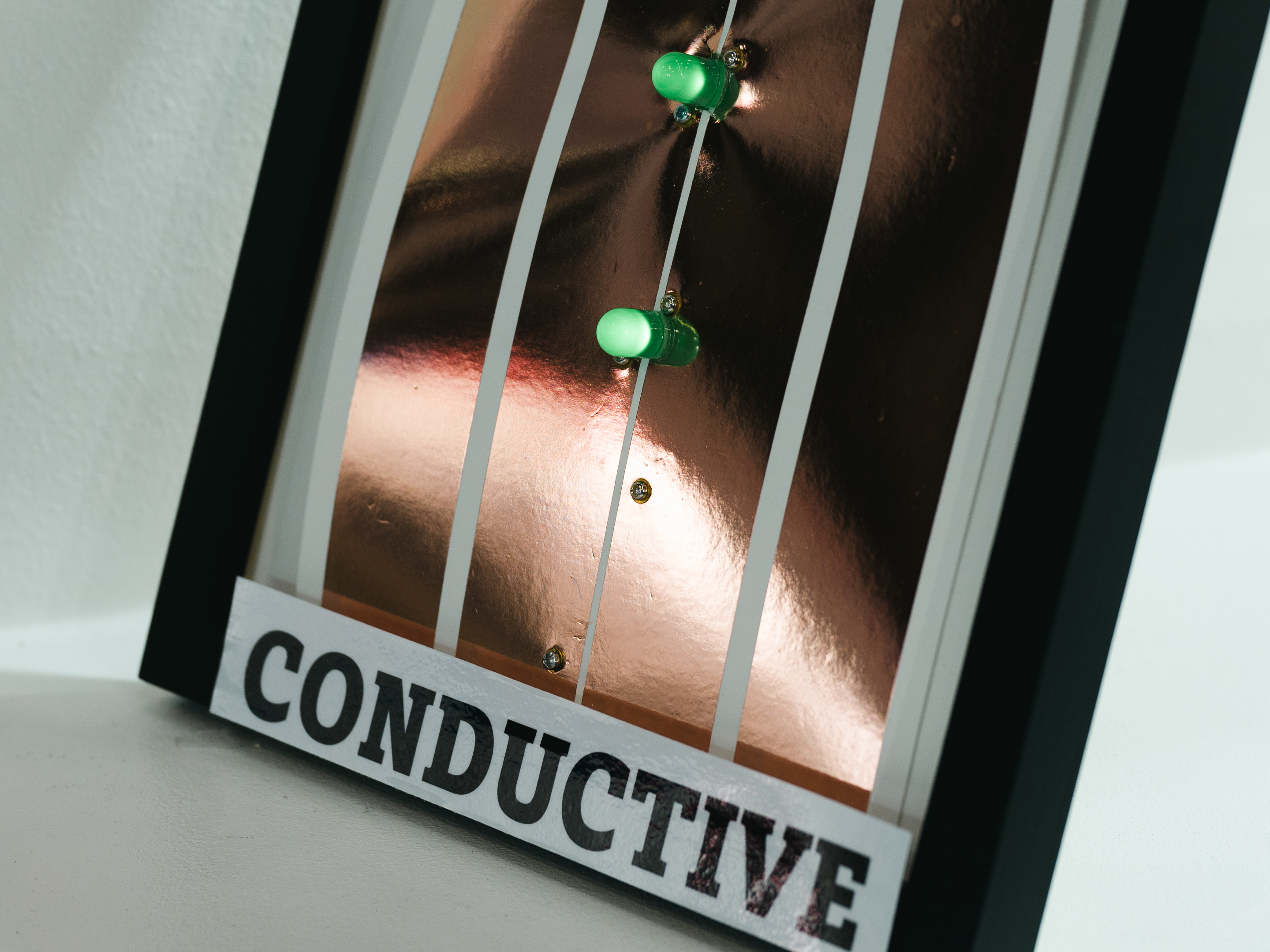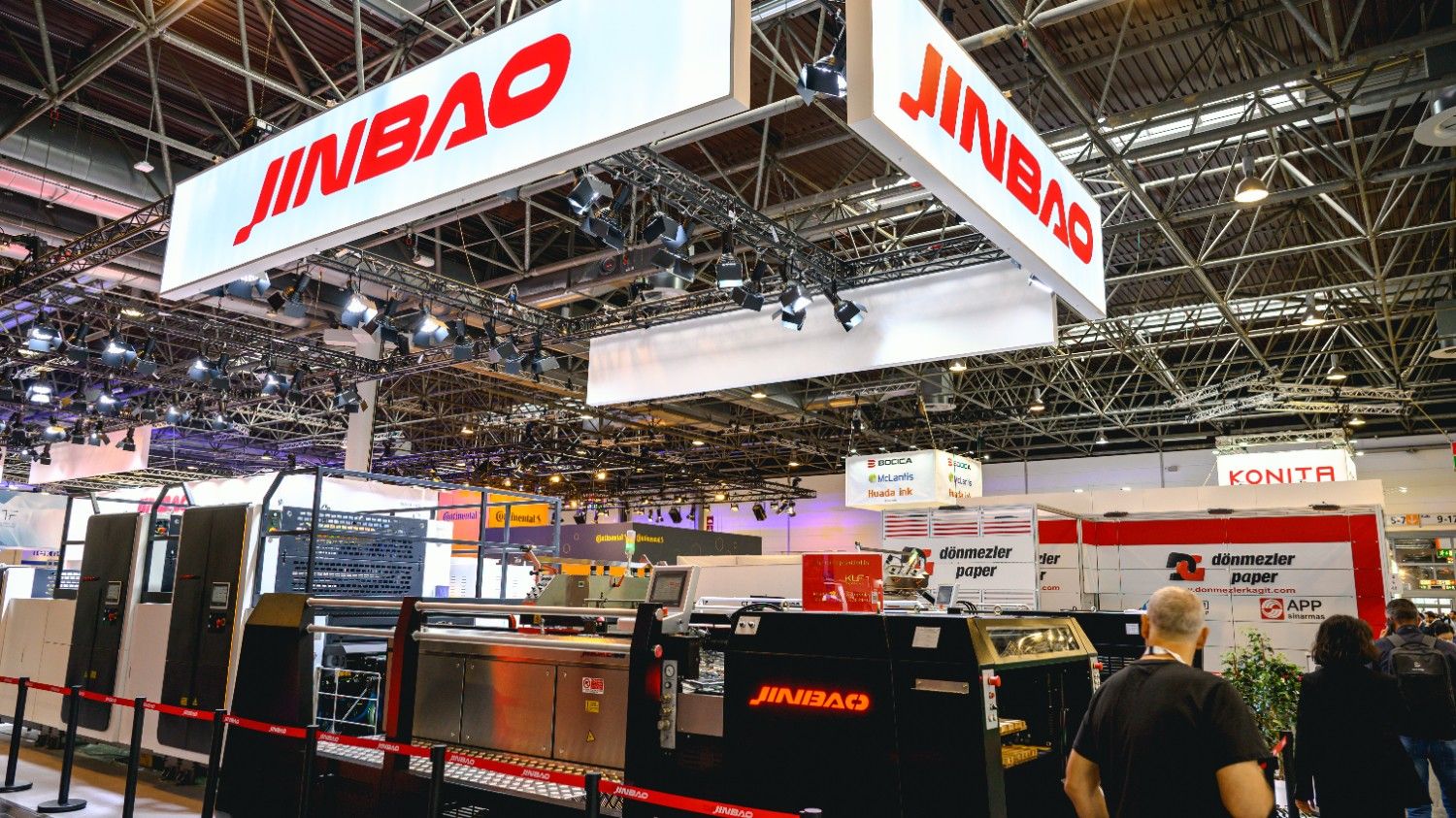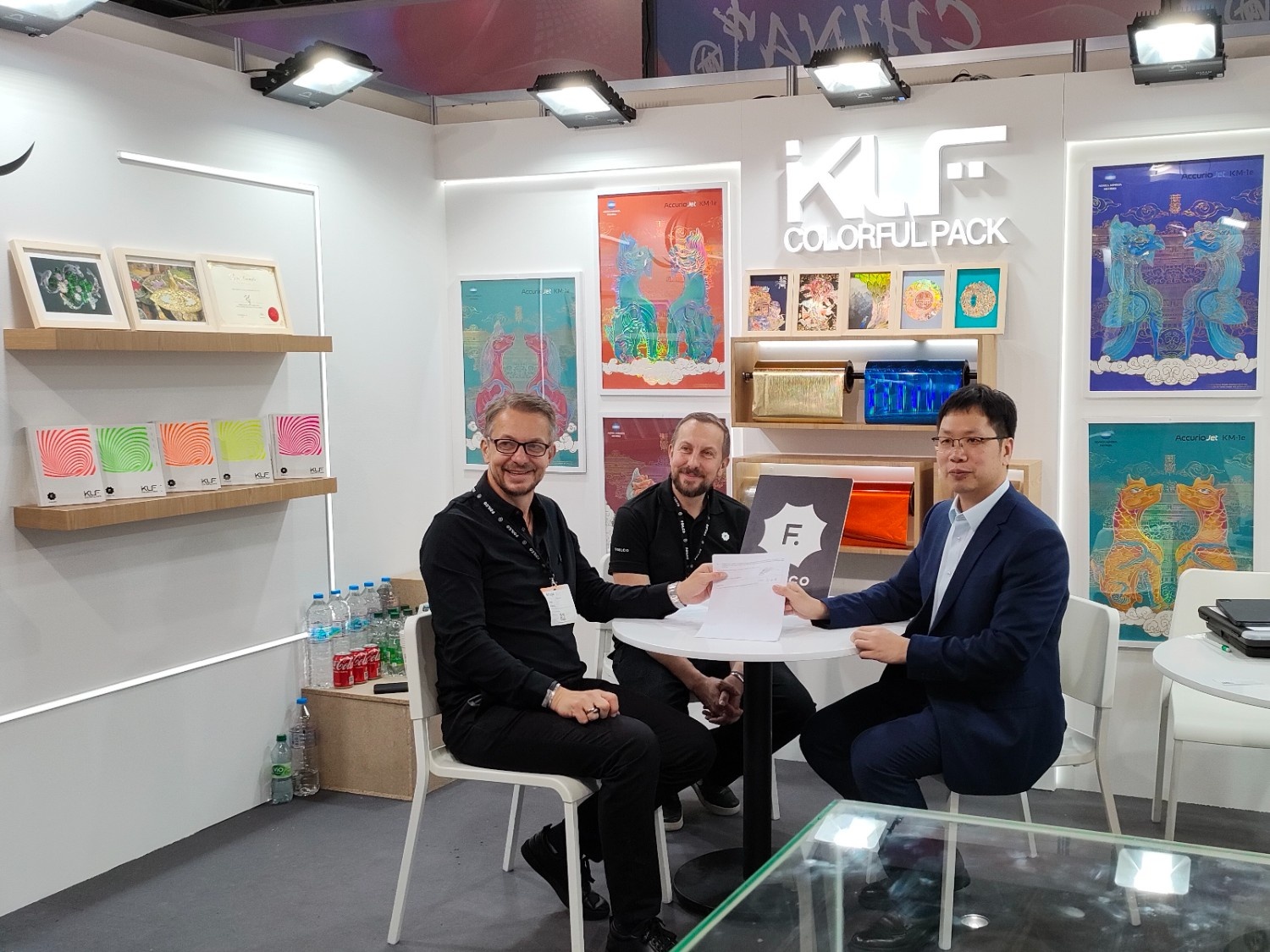Conductive Foil: A Preview of Our Latest Product at Drupa 2024
June 27, 2024
Welcome to an exciting preview of our latest product: Conductive Foil! We are very happy to introduce this innovative material at Drupa 2024. This product promises to revolutionize the way we use and think about conductive materials. Let’s a preview of our latest product at drupa 2024 conductive foil so special.

What is Conductive Foil?
Conductive Foil is a thin, flexible material that can conduct electricity. It is designed to be both lightweight and durable. This makes it perfect for many applications. You can use it in electronics, packaging, and even in art projects. The possibilities are endless!
Why is Conductive Foil Important?
Conductive Foil is important because it combines flexibility with electrical conductivity. This means it can bend and fold without breaking. This feature makes it very useful in various industries. For example, in electronics, it can be used to make flexible circuits. These circuits can fit into small and awkward spaces.
Key Features of Conductive Foil
Flexibility: Conductive Foil can bend easily.
Durability: It is strong and long-lasting.
Lightweight: It does not add much weight to the product.
Conductivity: It conducts electricity efficiently.
How is Conductive Foil Made?
Conductive Foil is made using advanced technology. The process starts with a base material, usually a type of metal. This metal is then treated to enhance its conductivity. After that, it is rolled out into very thin sheets. These sheets are then coated with a protective layer. This layer helps to keep the foil from corroding and losing its conductive properties.
The Manufacturing Process
Selection of Base Material: A highly conductive metal like copper is chosen.
Treatment: The metal undergoes a treatment process to improve its conductivity.
Rolling: The treated metal is rolled into thin sheets.
Coating: A protective layer is applied to prevent corrosion.
Applications of Conductive Foil
Conductive Foil has many exciting applications. Let’s explore some of the most popular ones.
Electronics
In electronics, Conductive Foil is used to make flexible circuits. These circuits are essential in modern gadgets. Think about your smartphone. The touch screen and other components need flexible circuits to function correctly.
Packaging
Conductive Foil is also used in packaging. It can protect sensitive electronic components from static electricity. This ensures that the components do not get damaged during shipping.
Art and Design
Artists and designers are also using Conductive Foil. They use it to create interactive art installations. These installations can respond to touch or movement, creating a unique experience for viewers.
Medical Devices
In the medical field, Conductive Foil is used in various devices. For example, it can be found in sensors that monitor vital signs. These sensors need to be flexible and reliable.
Renewable Energy
Conductive Foil plays a role in renewable energy too. It is used in the production of solar panels. The foil helps to conduct electricity generated by the solar cells.
Advantages of Using Conductive Foil
There are many advantages to Conductive Foil. Let’s look at some of them.
Flexibility: One of the main benefits is its flexibility. Conductive Foil can bend without breaking. This makes it ideal for applications where the material needs to fit into tight spaces.
Durability: Conductive Foil is very durable. It can withstand harsh conditions without losing its properties. This means it will last a long time, even in challenging environments.
Lightweight: Another advantage is that it is lightweight. This makes it easy to handle and transport. It also means it does not add much weight to the final product.
Cost-Effective: Conductive Foil is also cost-effective. It provides excellent conductivity at a lower cost compared to other materials. This makes it a smart choice for many applications.
How to Use Conductive Foil
Using Conductive Foil is straightforward. Here are some steps to help you get started.
1: Choose the Right Type
First, you need to choose the right type Conductive Foil for your project. There are different types available, each with its properties. Make sure to select one that meets your needs.
2: Cut to Size
Next, you need to cut the foil to the desired size. Use sharp scissors or a craft knife for clean edges. Be careful not to damage the foil while cutting.
3: Apply to Surface
Now, you can apply the foil to your chosen surface. Make sure the surface is clean and dry before applying the foil. You can use adhesive to keep the foil in place.
4: Connect to Circuit
Finally, connect the foil to your circuit. Ensure the connections are secure to avoid any interruptions in conductivity.
A Preview of Our Latest Product at Drupa 2024
We are excited to showcase Conductive Foil at Drupa 2024. This event is a great opportunity to see our product in action. You will be able to see live demonstrations and learn more about its applications.
What to Expect at Our Booth
At our booth, you can expect to see many exciting things. We will have live demonstrations showing how Conductive Foil can be used. You will also be able to talk to our experts and ask questions. They will be happy to explain the features and benefits of Conductive Foil.
Interactive Displays
We will have interactive displays at our booth. You can try out the Conductive Foil for yourself. See how it bends and conducts electricity. This hands-on experience will help you understand the product better.
Information Sessions
There will be information sessions throughout the event. Our team will present detailed information about Conductive Foil. You will learn about its production, applications, and benefits.

Free Samples
We will also be giving away free samples of Conductive Foil. This will give you a chance to try it out in your projects. Don’t miss this opportunity to get a feel for the product.
Why Visit Us at Drupa 2024?
Visiting us at Drupa 2024 will be a valuable experience. You will get to see the latest in conductive materials. Our experts will be there to answer your questions and provide insights. You will also get to see how Conductive Foil can benefit your projects.
Networking Opportunities
Drupa 2024 is also a great place to network. You will meet professionals from various industries. This can lead to new collaborations and opportunities.
Final Decision
Conductive Foil is an exciting new product that offers many benefits. It is flexible, durable, lightweight, and cost-effective. Its applications range from electronics to art and renewable energy. At Drupa 2024, you will get a chance to see this innovative material in action. We invite you to visit our booth, try out the foil, and learn more about its possibilities. Don’t miss out on this opportunity to explore the future of conductive materials!
